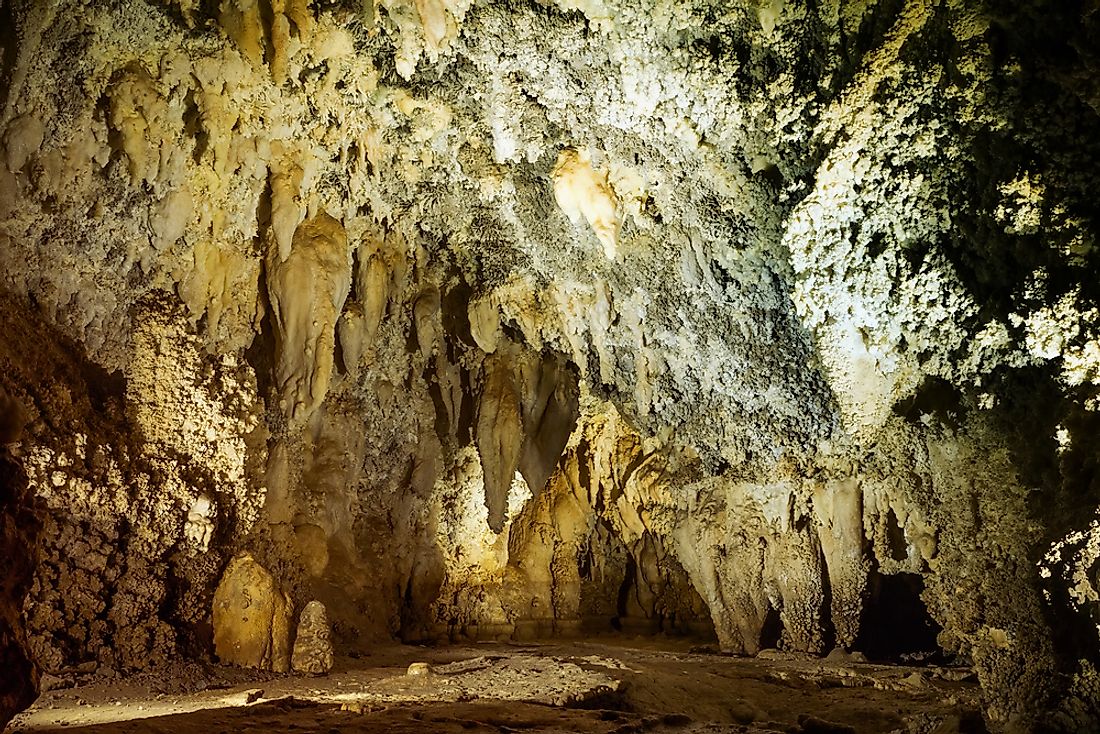Timpanogos Cave - Unique Places in North America

The Timpanogos Cave is part of a prehistoric cave system located in the Mount Timpanogos of the Wasatch peaks in the Utah district of the United States of America. The cave system is comprised of three caves that can be accessed via a steep 2,400 meter long paved trail that gains more than one thousand kilometres in altitude.
Discovery
The first cave, now known as Hansen Cave, was discovered in October of 1887 by a local tracker, Martin Hansen. The Timpanogos Cave was discovered about 26 years later in 1913, when J.W. Gough and Frank Johnson toured the Hansen Cave and accessed an unknown part of the system by climbing a steep slope adjacent to the Hansen. They, along with their families and many other visitors, accessed the cave and viewed several remarkable natural features such as the formation that has now been named as the Great Heart of Timpanogos.
During the subsequent years, the knowledge of the route was lost. However, in 1921, V. J. Manwill and a company of explorers journeyed to the cave system, rediscovered the entrance routes to the caves, documented the natural formation located inside the caves, and then reported their find officially to the United States Forest Service. This was done in order to begin the documentation and preservation process of the natural formations.
The third cave was discovered on October 15, 1921 when the son and grandson of the original discoverer, Martin Hansen, located an entrance using a pair of binoculars. They came back with Hansen, who was then 74 years of age, and entered the cave, now known as Middle Cave.
Formations
The limestone in the cave had formed about three hundred and forty million years ago and hydrothermal water action had gouged out the cave. It has been estimated that the first speleothems started to appear about 750,000 years ago. It was the same time that the cave started to rise above the nearby Fork River.
The modern day cave is home to a number of unique geological formations, many of which have been named. One such feature is the giant formation called the Great Heart of Timpanogos. These formations have made the cave immensely popular with both national and international tourists who flock to the cave every year during the months that it is accessible.
Tourism and Conservation
The trail and the cave are accessible during the summers from May to September, when the average temperature inside the system is about 46 degrees. Snow and adverse weather makes it inaccessible in the winter months even though the trail is fairly wide.
Seeing that the caves may be exploited commercially, the United States Forestry Department declared the site to be a national monument on October 14, 1922.Eleven years later, the administration was handed over to the National Park Service and construction on park structures was initiated, including trail paving. As a national monument, the cave and the surrounding site is protected from commercial exploitation by US Federal law.











